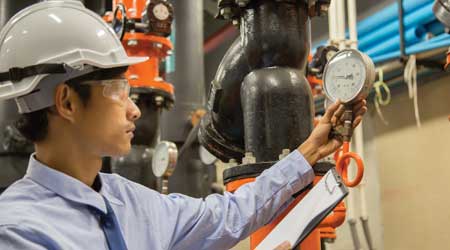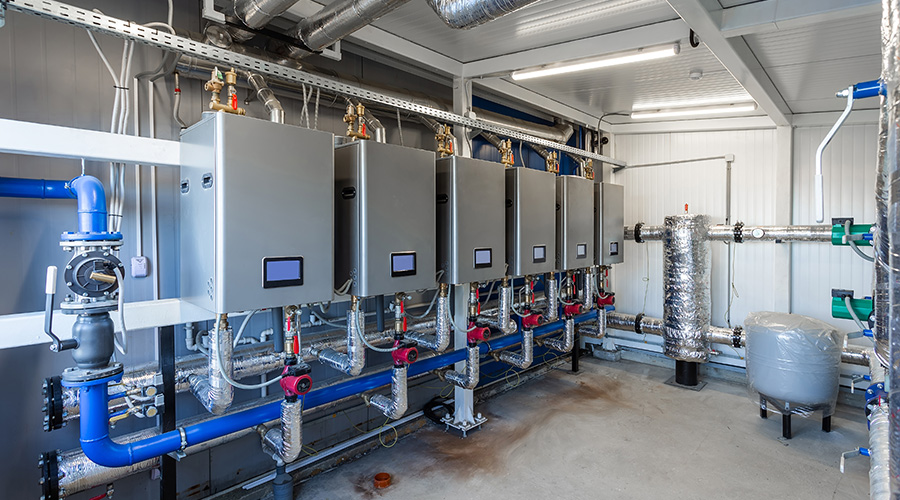Chillers: Planning Successful Replacements
Careful planning can help managers develop and execute projects that deliver long-term benefits.
Whether a chiller has reached the end of its useful life, the facility has experienced growth, or the phone is ringing with comfort complaints, it might be time for a replacement. Going through a major equipment replacement can be a stressful proposition for maintenance and engineering managers.
From scheduling and product selection through start-up and warranty, managers can take several important steps to improve the effectiveness of chiller replacements. These tactics also can reduce risk and help deliver a successful infrastructure improvement.
Taking the long view
One of the first steps to a chiller replacement project should be to assess the area currently served and the condition of system components. Space size and utilization change constantly. Chances are, the load requirements are vastly different than when the chiller was first installed. This equipment can last up to 30 years, and a lot can happen in that time.
Once a manager determines the current needs of the space, the next step is to consider system capacity based on needs that will be incorporated over the next five years. Considering current performance and future use helps ensure a new unit is sized properly for that next 25 years.
If the chiller’s capacity is indeed increased to accommodate future needs, it is time to start looking at other components. Does the cooling tower or piping need to be upsized to accommodate the new chiller capacity? Have other components outlived their useful lives? The best time to replace these components would be during equipment replacement to avoid more downtime and cost, as well as inconvenience.
The assessment process should be a collaborative effort between the manager and a consultant. Information gathered during this process enables the designer to specify the most appropriate equipment and address other issues within the cooling system’s operation. This collaboration also will establish a baseline of expectations for the project.
A look at logistics
Once a manager has selected the equipment, it is time look at project logistics — the physical and functional constraints. Identifying the equipment’s location and the way it will get there has a direct impact on chiller specification. The facility might require temporary equipment if the new chiller is going to be installed where the existing unit is located or if the space served is critical in nature. These considerations also will affect the shutdown period.
Once a manager has determined a path to the installation site, the next step is to incorporate sizing requirements into the specification. This step helps determine if the unit can arrive assembled or if it requires assembly when it arrives.
Managers also need to consider other project components, such as the electrical system. If the investigation leading up to this point suggests the new chiller will require additional capacity, managers need to confirm that the existing electrical service can support it. The replacement design also will need to address whether the chiller should connect to emergency power.
Related Topics:















